The musical program of the 19th World Congress of Jewish Studies was broad in scope and deeply engaged with questions of memory, identity, and creativity, spanning diverse traditions and repertoires. A significant theme was the role of music in the aftermath of October 7th. Abigail Wood examined how religious women used music in prayer meetings, for healing, and as a form of resilience, actively shaping communal life while relatives served on the front lines. Naomi Cohn Zentner explored the growing presence of live and recorded music in funerals—particularly for victims of October 7th and fallen soldiers—showing how song has become a deeply personal and cathartic medium of mourning. Ronit Seter situated recent compositions within the broader lineage of twentieth- century remembrance works. She highlighted Michael Seltenreich’s The Prisoner’s Dilemma (2024), commissioned by the Israel Philharmonic and performed in Munich and Lucerne, which powerfully conveyed the trauma of recent events.
The search for a new musical language in Eretz Israel and Israel was examined from fresh perspectives basing on unknown archival materials and musical analysis. Liran Gurkiewicz discussed Max Brod’s Mediterranean Rhapsody (1945), situating it in the cultural confluence of Eastern European Jewish traditions, Mediterranean themes, and Greek mythology, and reevaluating Brod’s contribution as a composer alongside his better-known literary legacy. Ohad Stolarz examined A. Z. Idelsohn’s Shirey Tsiyon (1907), highlighting the tension between Idelsohn’s reliance on European choral models and his Zionist agenda, while also presenting his own editorial work on a new critical edition. Yosef Goldenberg presented his study of plagal half-cadences in Israeli songs from 1928 to 1986, arguing that this feature, virtually absent in Western art music, may be a genuine Israeli innovation.
Hebrew and Israeli songs and their broader cultural contexts were explored by Efrat Urbach, who traced the evolving poetic and musical resonances of the word Amen in songs from 1900 to 2024, and by Efrat Barth, who analyzed rural and urban songs in Zionist propaganda films of the 1930s and 40s, highlighting how music mediated the tension between village and city in the nation-building endeavor.
Yiddish repertoires and the intersections between words, ideas, and sounds were discussed in a special panel moderated by Galit Hasan-Rokem. Chava Vannikov-Shmulevich examined the blurred boundaries between parody and multilingual Hasidic songs, analyzing how serious and comic versions of songs circulated and were perceived. Naphtali Wagner explored Shalom Aleichem’s novels through the lens of classical, showing how mythic archetypes shaped Yiddish literary figures of musicians. Racheli Galay, drawing on research co-authored with Daniel Galay, presented on the distinctive intonation patterns of Yiddish speech and their parallels in Yiddish folk song melodies, in which climaxes fall on low rather than high tones, with implications for both pedagogy and performance. Lenka Uličná presented newly discovered Yiddish songs from a Bohemian genizah—preserved in the Jewish Museum in Prague—offering a glimpse into forgotten layers of Jewish folk creativity.
Alongside the lectures, the Congress featured a special discount for JMRC publications, available until November 1, as well as three notable events, generously sponsored by The Hebrew University’s Musicology Department. Racheli Galay, this time appearing as a klezmer cellist, led a concert of Yiddish songs with Vira Lozinsky and Idan Toledano. A special program of Samaritan liturgical singing, curated by Prof. Stefan Schorch and Dr. Michael Lukin, was video-recorded by the National Library of Israel through the initiative of Dr. Amalia Kedem. The Segah Trio—Dalia Pajand, Itamar Menasheof, and Yaniv Shentser—performed Iranian classical and Persian-Jewish repertoire, which resonated strongly in light of the Israel-Iran war. With inevitable cancellations due to the situation in Israel, we greatly missed our regular participants from abroad and look forward to seeing them at the next Congress. Those who gathered experienced the enduring power of music in Jewish history, culture, and contemporary life.
More photos from the musical events will be shared soon. In the meantime, here is a short excerpt from Yuval Amit’s video-recording of the Samaritan program, along with a selection of photographs by Sarah Levin.
The Opening event of The 19th World Congress of Jewish Studies - Hadass Pal Yarden: Piyutt and Jewish Music
Samaritan Liturgical Singing: Performance and explanation by members of the community
Segah Trio: A personal and collective journey into classical Iranian music and the songs of Iranian Jews
Dalia Pajand - Vocals I Itamar Menasheof - Violin, Ghaychak (Iranian bowed instrument) |Yaniv Shentser - Zarb (Iranian percussion instrument)
The Yiddish singer Vira Lozinsky with Trio Epele
Vira Lozinsky - Vocals I Racheli Galay - Cello I Idan Toledano - Guitar



